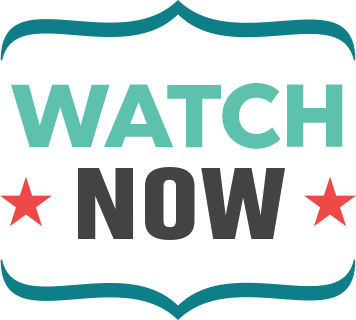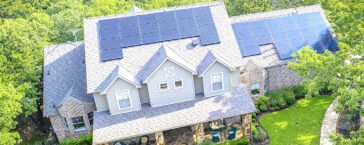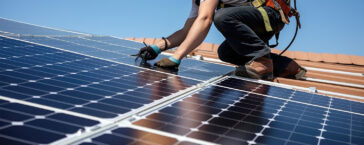Interested in solar power? CoServ can help.
No matter where you are on your solar journey, CoServ is here to help. Our knowledgeable and qualified specialists have years of Energy Efficiency and solar experience and are ready to help you. As your trusted energy advisors, we want to provide you with the resources to make sure you’re getting the most value for your money and quality work.




